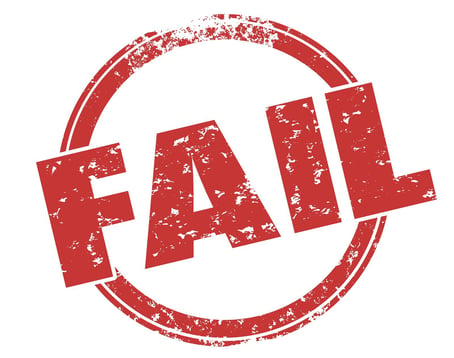
5 Easy Math Engagement Strategies for the Classroom
The news headlines are daunting. Math scores are down. School districts are scrambling to turn things around. And...
Tahlea Jankoski | Published June 09, 2017

The term "dropout factory" is not new to education, in fact for several years a dropout factory has referred to high schools with a large number of students who did not finish high school or graduate with a diploma. First coined by Robert Balfanz, a researcher at John Hopkins, dropout factories refer to high schools with less than 60 percent graduating seniors when compared to the number of freshman.
Dropout factories are more concentrated in cities and areas with a large population of minorities and higher poverty levels. The concern with high school students dropping out is that it becomes much more difficult to pursue college degrees or jobs. Additionally, students who drop out of high school often struggle financially and on average make $9,200 less per year than students with a high school diploma and they are much more likely to be unemployed and live in poverty. This also equates to a higher rate of high school dropouts and also puts a burden on the economy.
How have dropout factories changed through the years?
The long-term goal held by the government in the last decade is that 90 percent of high school seniors will graduate by 2020. Improving the rate of those who graduate from high school can take education reform and much debate on local, state, and federal levels to determine how this goal can be achieved.
According to a report by the Alliance for Excellent Education, John Hopkins University, and other research institutions, the rate of dropout factory high schools has declined dramatically since 2008. More high school students are earning diplomas, even in communities with a concentrated level of poverty.
This is compared to the high school graduation rate of the 1990s in which only 74 percent of high school seniors graduated with a diploma. The national average has seen improvement in high school graduation by increasing to 81 percent in recent years. Among minority groups, 46 percent of African-American students were enrolled in a dropout factory in 2002, which dropped to 19 percent in 2015. Thirty-nine percent of Hispanic students were enrolled in a dropout factory, which has dropped to 12 percent in recent years.
What is leading to the increase in high school graduates?
Some reports explain that dropout factory high schools established coaching for teachers and started offering more opportunities to collaborate and provide support for students. Certain dropout factory schools have closed and been replaced with alternative schooling, while parents have also transferred their students to alternative schools.
However, other reports find that more states lowered the standards for the high school graduation exam and other states got rid of it altogether to increase the number of high school graduates. Even though dropout factories have decreased, educators are finding the National Report Card and SAT/ACT testing scores have declined— a factor of academic success that further needs investigation. Unfortunately, for some of these students that graduate high school the challenge of being unprepared for college or professional pursuits may arise as the fight for better indicators of skill readiness continues as a key topic of education among educators and political influencers alike.
Solutions to support high school students
It takes continual effort and strategy to help all high school students reach academic achievement and be prepared for the future. Suggestions on supporting a positive environment for every student to graduate from high school include the following:
These small steps can factor into the overall goal of continuously improving our nation's graduation rate. The hope is that as these practices are implemented, the more results will be shown and the less likely students will be to drop-out—something all citizens in the nation would like to see.

The news headlines are daunting. Math scores are down. School districts are scrambling to turn things around. And...

Math assessment in California is changing. What used to be a compliance exercise or reporting tool is now becoming a...

You know the moment: a student’s eyes light up when the science experiment fizzes or the math puzzle helps them...